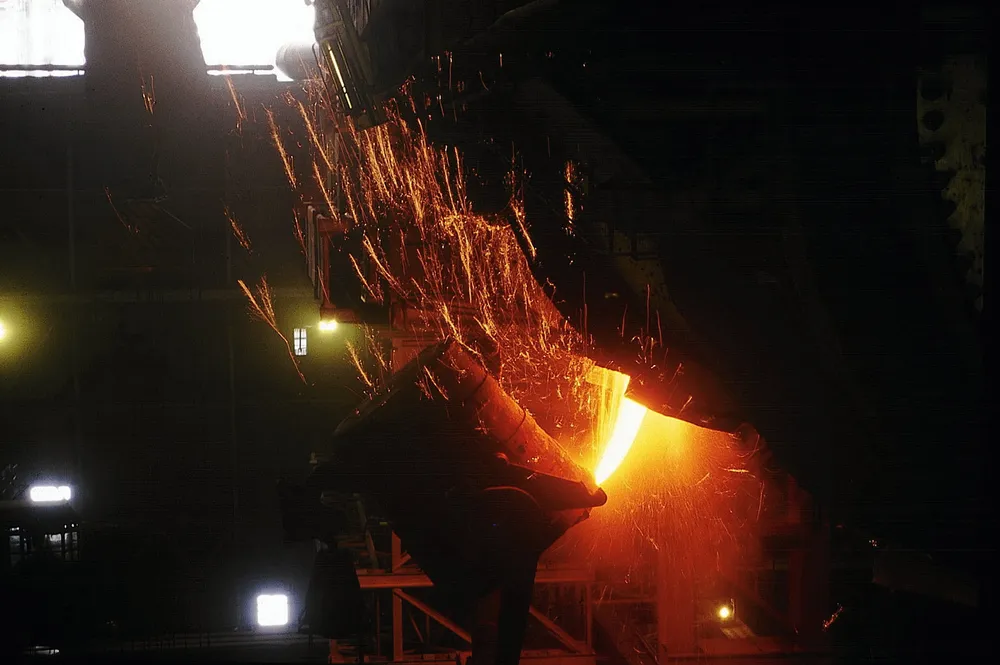Green steel? | Tata adds grey hydrogen to coal in blast furnace and claims it will help its net-zero goals
Indian conglomerate says it has seen ‘marginal’ improvements in furnace performance as part of its four- to five-day trial

Indian conglomerate says it has seen ‘marginal’ improvements in furnace performance as part of its four- to five-day trial
